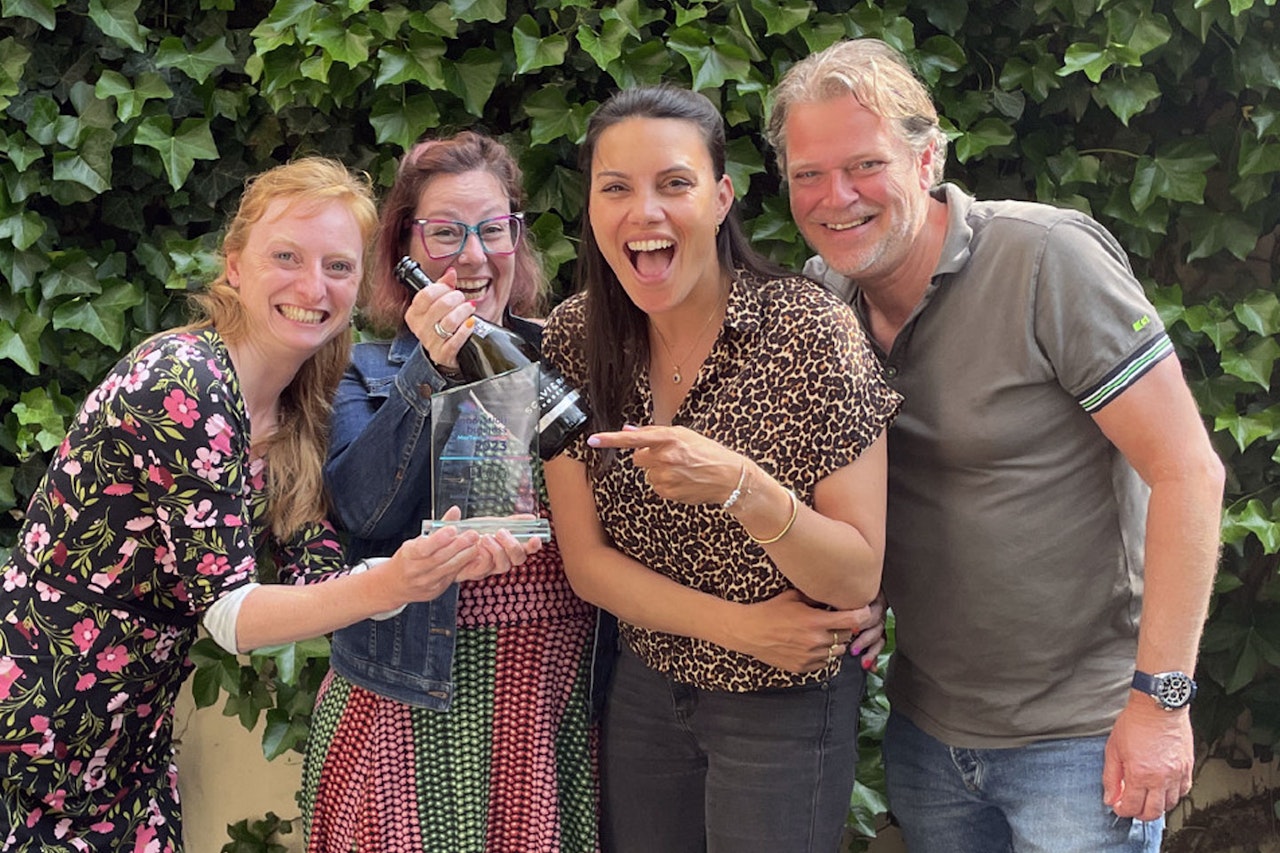7 tips for creating accessible content
Blog

For more than one billion people worldwide, it’s hard to impossible to read and participate with the information we share online in our e-mails and communication platforms. Those people have visual or other functional disabilities, many of which you might not think of right away. Imagine people who have limited or no vision, who are color blind, or who are limited in other ways, such as dyslexia or autism. That’s why it’s important that technology accommodates this, so that these people can also use the necessary programs and websites they need at work.
Adaptations that enable people with a disability to work with the program, website, or product are called “accessibility”. The technology is adapted so that, for example, the text is read aloud and colors are displayed with higher contrast. But it’s not just the technology that needs to be adapted. Accessible content is just as important. Example: A screen reader may be able to read the text aloud, but if it is written for people without disabilities, it is of no use to those with disabilities. So when creating accessible content, what do you need to pay attention to?
1. Write in clear understandable terms
Difficult words make it hard for many people to understand what is written. Clear language improves accessibility and ensures less frustration. Build sentences with no more than 25 words and use simple words. For example instead of saying “We had a staff meeting concerning a new policy” use “We had a staff meeting about a new policy”. By using ‘about’ instead of ‘concerning’, the sentence is easier to understand. Fortunately, there are tools like Microsoft Word that allow you to check text for accessibility.
2. Use headings
Headings not only make a text easier to read, but also allow people with screen readers to jump directly to specific content. This saves a lot of time.
3. Carefully consider the use of images
More and more images are being used. People prefer not to read large paragraphs of text and are more attracted to videos and images. But for what purpose are the images being used? Are they nice to look at and do you want to create a certain mood with them? Or does the reader need the image to better understand the text? Keep in mind that people who are easily overstimulated or have learning disabilities often find images confusing and overwhelming.
4. Include alt-text
Choose images that do not contain text and add alt-text. Here, you can enter a description of the image so that people with a visual impairment can understand what is shown in the image. If nothing is entered here, a screen reader will automatically skip this image. For complex images, keep the alt-text short (no more than 7 characters) and add a caption with a clear description below the image.
5. Make links easy to understand
If a text is full of phrases like “click here” or “read more”, this is also read out by a screen reader each time. This makes users’ perception of the text chaotic and confusing. Choose words that describe where the link will lead. What can readers expect when they click on the link?
6. Use lists instead of tables
Use lists instead of tables when possible. Tables can be made accessible, but users of screen readers need to know advanced keyboard shortcuts to navigate and understand them.
7. Reduce noise in videos
When creating videos, make sure there are as few distractions in the background as possible. Focus on the purpose of the video and try to avoid flashes of light and busy backgrounds. These can be very distracting and even trigger seizures, such as those caused by epilepsy.
And don’t forget subtitles so that the videos can be understood by people who are deaf or hard of hearing.

If you apply these 7 tips, you are on the right track to creating accessible content. If you are looking for more tips and information, take a look at the resources we used for this blog:
We love to share our knowledge with you
Related blogs



